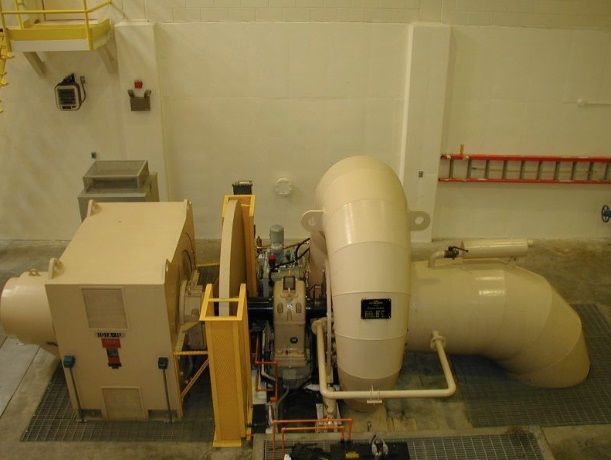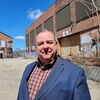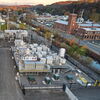Processing Your Payment
Please do not leave this page until complete. This can take a few moments.
-
News
-
Editions
-
- Lists
-
Viewpoints
-
HBJ Events
-
Event Info
- 2024 Economic Outlook Webinar Presented by: NBT Bank
- Best Places to Work in Connecticut 2024
- Top 25 Women In Business Awards 2024
- Connecticut's Family Business Awards 2024
- What's Your Story? A Small Business Giveaway 2024 Presented By: Torrington Savings Bank
- 40 Under Forty Awards 2024
- C-Suite and Lifetime Achievement Awards 2024
- Connecticut's Health Care Heroes Awards 2024
-
-
Business Calendar
-
Custom Content
- News
-
Editions
View Digital Editions
Biweekly Issues
- April 29, 2024
- April 15, 2024
- April 1, 2024
- March 18, 2024
- March 4, 2024
- February 19, 2024
- February 5, 2024
- January 22, 2024
- January 8, 2024
- + More
Special Editions
- Lists
- Viewpoints
-
HBJ Events
Event Info
- View all Events
- 2024 Economic Outlook Webinar Presented by: NBT Bank
- Best Places to Work in Connecticut 2024
- Top 25 Women In Business Awards 2024
- Connecticut's Family Business Awards 2024
- What's Your Story? A Small Business Giveaway 2024 Presented By: Torrington Savings Bank
- 40 Under Forty Awards 2024
- C-Suite and Lifetime Achievement Awards 2024
- Connecticut's Health Care Heroes Awards 2024
Award Honorees
- Business Calendar
- Custom Content
MDC to decommission hydropower facility
 Photo | Contributed
One of the Colebrook hydropower turbines
Photo | Contributed
One of the Colebrook hydropower turbines
The Metropolitan District Commission (MDC) plans to decommission one of its two hydropower facilities in the state.
The 3-megawatt Colebrook Hydroelectric Facility is located on the Colebrook River Lake Dam on the western branch of the Farmington River.
The U.S. Army Corps of Engineers is planning to start a several months-long project at the dam in September, repairing hydraulic cylinders and position indicator rods. That will require a 70-foot drawdown of the West Branch Reservoir, and would also require temporary removal of the hydro turbine facilities. The reservoir is not used for drinking water.
The three turbines at the facility -- which generate enough energy to serve approximately 1,000 homes -- are located on the upstream side of the dam, which MDC said makes Colebrook “one of the country’s most unique hydropower facilities.”
But the 1988 turbines are nearing the end of their operational life and require major maintenance, MDC wrote this week to the Federal Energy Regulatory Commission, which licenses the facility.
The turbines provide about $225,000 in annual revenue, but also pay $100,000 in local property taxes. MDC, which is the operator and licensee of the hydro facility, under an agreement with the Army Corps, said it’s determined that the continued operation of the facility isn’t financially viable.
A $100,000.00 property tax is a big reason they feel it is not viable. So when they decommission it they will get $ Zero. Greedy government. Not very smart.
As one who once lived just "down the road" from this small hydro facility, I was thrilled when MDC first installed this renewable energy addition. I would really like to know if MDC and the Army Corp of Engineers have investigated some of the other state funding currently available which was not around when this originally went in. For instance, carbon offset funds, renewabl energy funds from CT DEEP and any federal program that might help. While small, it would be a pity to lose this small. local piece of renewable energy history.

2022 Giving Guide
This special edition informs and connects businesses with nonprofit organizations that are aligned with what they care about. Each nonprofit profile provides a crisp snapshot of the organization’s mission, goals, area of service, giving and volunteer opportunities and board leadership.
Learn more
Subscribe
Hartford Business Journal provides the top coverage of news, trends, data, politics and personalities of the area’s business community. Get the news and information you need from the award-winning writers at HBJ. Don’t miss out - subscribe today.
Subscribe
2024 Book of Lists
Delivering Vital Marketplace Content and Context to Senior Decision Makers Throughout Greater Hartford and the State ... All Year Long!
Read Here-
2022 Giving Guide
This special edition informs and connects businesses with nonprofit organizations that are aligned with what they care about. Each nonprofit profile provides a crisp snapshot of the organization’s mission, goals, area of service, giving and volunteer opportunities and board leadership.
-
Subscribe
Hartford Business Journal provides the top coverage of news, trends, data, politics and personalities of the area’s business community. Get the news and information you need from the award-winning writers at HBJ. Don’t miss out - subscribe today.
-
2024 Book of Lists
Delivering Vital Marketplace Content and Context to Senior Decision Makers Throughout Greater Hartford and the State ... All Year Long!
ABOUT
ADVERTISE
NEW ENGLAND BUSINESS MEDIA SITES
No articles left
Get access now
In order to use this feature, we need some information from you. You can also login or register for a free account.
By clicking submit you are agreeing to our cookie usage and Privacy Policy
Already have an account? Login
Already have an account? Login
Want to create an account? Register
Get access now
In order to use this feature, we need some information from you. You can also login or register for a free account.
By clicking submit you are agreeing to our cookie usage and Privacy Policy
Already have an account? Login
Already have an account? Login
Want to create an account? Register






2 Comments